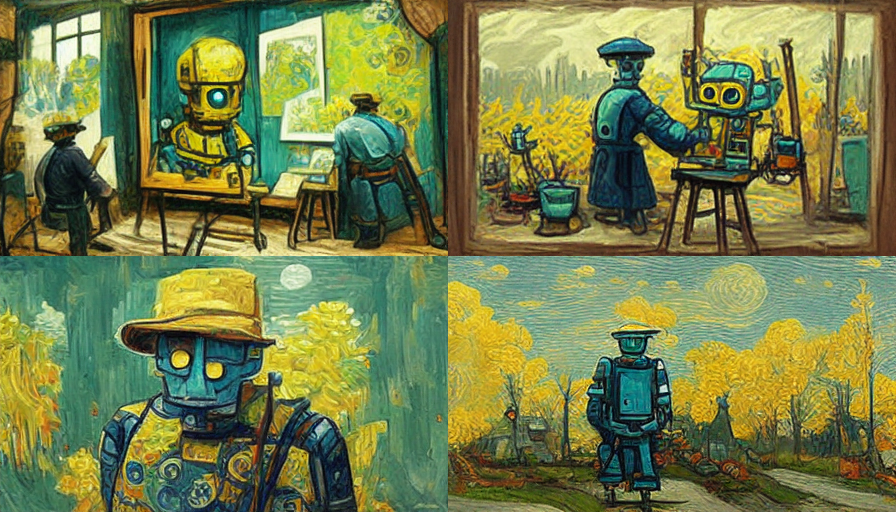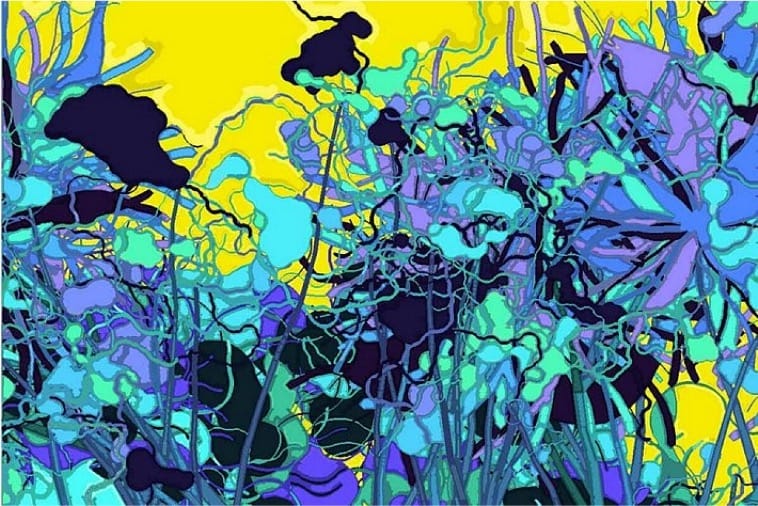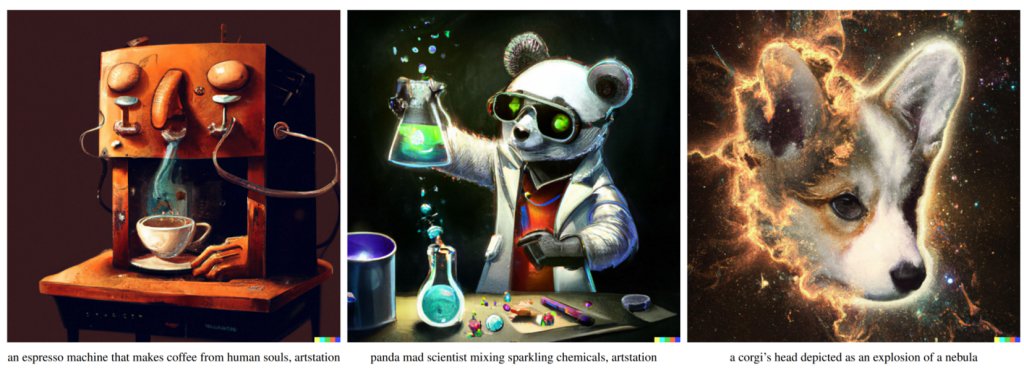Introduction#

Artificial Intelligence (AI) has been used to create art for several years now, and this intersection of technology and creativity has given rise to a new field of art called AI art. AI art is created using algorithms and computer programs that enable machines to create artwork that imitates or even surpasses human creativity. Generative AI, a subfield of AI, plays a crucial role in creating AI art by generating new and unique outputs based on input data.
Generative AI refers to the use of machine learning algorithms to generate new and unique outputs based on a given set of data. These algorithms use statistical models to analyze patterns in the data and then use those patterns to generate new and unique outputs. The most common types of generative AI used in AI art include GANs (Generative Adversarial Networks), which involve two neural networks that compete with each other to create realistic-looking images, and neural style transfer, which involves transferring the style of one image onto another.
AI art has been gaining popularity in recent years, with many artists exploring the possibilities of AI-generated art. Some artists use AI as a tool to enhance their creative process, while others use it as a medium to create entirely new types of art. Despite the controversy surrounding the use of AI in art, it is clear that this technology has the potential to revolutionize the art world by expanding the boundaries of what is possible and pushing the limits of human creativity.
Timeline of ML Art#

The history of Machine Learning (ML) art dates back to the 18th century, when Pierre Jaquet-Droz created three machines that generated art. However, it wasn’t until Augusta Lovelace, a mathematician and poet, recognized the potential use of algorithms outside of mathematics.
In 1955, Jean Tinguely invented a drawing machine, which could make drawings once spun up. It was a significant development in the field of ML art, and it inspired other artists and engineers to explore the possibilities of machines creating art.
In 1973, Harold Cohen developed the AARON algorithm, which created the first computer-generated image. AARON used a set of rules to create drawings and paintings that could mimic the style of the artist.
The next significant development came in 2014 when Ian G. Goodfellow introduced the Generative Adversarial Network (GAN). GAN uses two neural networks to create images that are indistinguishable from real images. The first network creates the images, while the second network evaluates the images to ensure they are of high quality.
Today, ML art is becoming increasingly popular, with many artists and designers using machine learning algorithms to create new and exciting pieces. ML art has the potential to revolutionize the art world by expanding the boundaries of what is possible and pushing the limits of human creativity. As technology continues to evolve, we can expect to see many more exciting developments in the field of ML art in the years to come.
Jean Tinguely’s drawing machine#
AARON#
040502 is a 2004 painting of pigment on paper by the robotic, artificially intelligent painter AARON

Image GPT#
mage GPT, or iGPT for short, is a generative model developed by OpenAI that is capable of generating realistic images from textual descriptions. It is an extension of GPT (Generative Pre-trained Transformer), which is a popular language model used for a variety of natural language processing tasks.
iGPT uses a transformer architecture, similar to GPT, which is trained on a large dataset of images and their corresponding textual descriptions. During training, the model learns to generate images that correspond to the given textual description by predicting the pixel values of the image.
One of the key advantages of iGPT is its ability to generate high-quality images without the need for additional supervision or training data. This makes it an attractive option for a range of applications, from generating realistic images for video games to assisting with medical imaging.

DALL·E 2#

DALL-E2 (short for “Dali + WALL-E 2”) is a generative model developed by OpenAI, which is capable of generating high-quality images from textual descriptions. It is an extension of GPT (Generative Pre-trained Transformer) and uses a transformer architecture to predict the pixel values of the images based on the input text.
DALL-E2 is a significant advancement in the field of generative AI as it can create highly detailed and complex images that match the given textual description. It is trained on a large dataset of text-image pairs and is capable of generating a wide range of images, including animals, objects, and scenes.
One of the unique features of DALL-E2 is its ability to generate novel and imaginative images that do not exist in the real world. This is possible due to its ability to combine different elements from different images to create something entirely new.
DALL-E2 has numerous practical applications, such as in the field of graphic design, video games, and medical imaging. It can also be used for creative purposes, such as generating artwork or creating images for social media.
Text to Image Generation Models#
Google Imagen/Parti (Unreleased) https://parti.research.google/
Open AI Dall-E 2 (Closed Beta) https://openai.com/dall-e-2/
Stable Diffusion (Closed But Soon to Open Beta) https://stability.ai/beta-signup-form
Midjourney (Free Trial, paid access) https://www.midjourney.com/app/
Shonenkov AI (Free to Use) https://t.me/shonenkovAI
Microsoft VQ Diffusion (Free to use) https://replicate.com/cjwbw/vq-diffusion
MindsEye beta (by multimodal.art) (Free to use) https://multimodal.art/mindseye
CrAIyon (Free to use) https://www.craiyon.com/?utm_source=s…
Min-dalle (Free & Paid) https://replicate.com/kuprel/min-dalle
Wombo (Free & Paid) https://app.wombo.art/
Laion AI Erlich (Free & Paid) https://replicate.com/laion-ai/erlich
Glid-3-xl (Free & Paid) https://replicate.com/jack000/glid-3-xl
Night Cafe (Free & Paid) https://creator.nightcafe.studio/explore
Disco Diffusion (Free & Paid) https://replicate.com/nightmareai/dis…
Cog View 2 (Free & Paid) https://replicate.com/thudm/cogview2
Pixray (Free & Paid) https://replicate.com/pixray/text2image
Hot Pot AI (free & Paid) https://hotpot.ai/art-maker